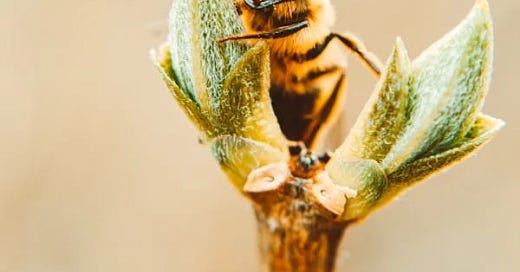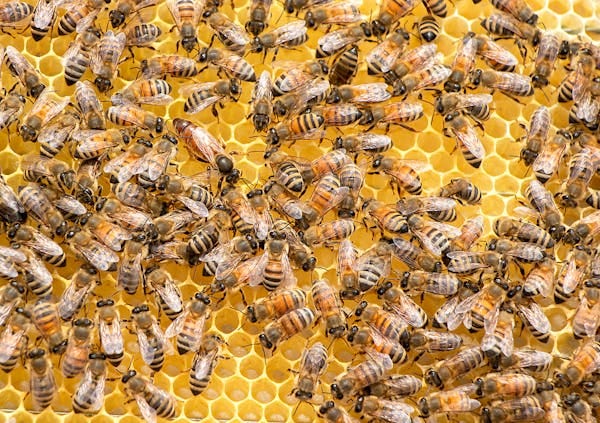In two previous articles (Introducing C. C Sturm and Insights into Beethoven’s spirituality) we introduced a remarkable book which was in Beethoven’s possession: C. C. Sturm’s Reflections on the Works of God in the Realm of Nature. Luckily for us, Beethoven filled the book with markings, giving us a unique insight into the composer’s spiritual beliefs and intellectual curiosity.
It is well documented that Beethoven’s daily walks in the countryside were an important part of his creative process. Upon evaluation of these markings we may also, however, view these solitary walks in the forested hills surrounding Vienna as having great spiritual significance to the composer.
It is with much gratitude to Dr. Charlie Whitcomb that we consult his engaging Master’s Thesis on Beethoven’s markings in Sturm’s book of essays; his study and analysis of these annotations is a fascinating contribution to the topic of Beethoven’s spirituality.
Parts 1 & 2 of this series show that Beethoven was drawn to ideas of a nurturing and providing God. Sturm invites the reader to seek God in nature:
‘Infinite Being! My most highly prized duty shall be to seek and acknowledge thee in all thy works. Is there a thing in the heavens or upon the earth, that does not lead to thee, or call to my remembrance thy power, thy wisdom and thy goodness?’
The tiny artist
In this article, we will look at the essays in Reflections that discuss the characteristics of bees. Beethoven marked several passages that suggest he identified with these busy little creatures, and saw lessons for life through observing their ways. In another essay titled Nature as a school for the heart, Beethoven highlighted the following:
‘In every respect, the study of nature is profitable; with propriety it may be called a school for the heart; seeing it, in a certain sense, teaches us the duty we owe to God, to our neighbour, and to ourselves.’
In the essay titled: The Indefatigable Labours of the Bee, Sturm writes that is not enough to admire these ‘tiny artists’, but that we should attempt to emulate them. Beethoven likely identified with these creatures and the ‘hardships of their short lives’. Through the ideas of endurance and resignation, Sturm will have spoken to him, as he dealt with increasing deafness and poor health.
Beethoven also had a tremendous work ethic, and he no doubt identified with the tireless efforts of these tiny creatures.
‘O man! go to the school of the bee; consider that wise labourer, and contemplate her works. Admire her activity and industry, by which she turns all to her advantage. Always busy, ever indefatigable, evening and morning she labours, and supports with courage the troubles of a short life.’
Peace and harmony
Further markings in Sturm’s Reflections show Beethoven’s interest in the unity of the bee colony, and what we may learn from observing them. The essay Harmony and Patriotism of Bees speaks of the hope that human beings will one day reach this state of harmony. Dr. Witcombe suggests that Beethoven’s markings indicate the composer’s wish for peace in Europe, having been a witness to the invasion of Vienna by Napoleon.
Upon observation of the bee colony, Sturm writes:
‘We may well learn from these insects, however despicable they may appear in our eyes, those virtues on which the quiet and happiness of our lives depend. In whatever state or condition we may be found, it is necessary that we should, in the true spirit of patriotism, act in concert with our fellow-creatures.’
Keep an eye out for the fourth and final part of this series, which will look at the significance of the three birds in the second movement of Beethoven’s Sixth Symphony!
Recommended articles
Beethoven’s hobby: a walk in the woods





